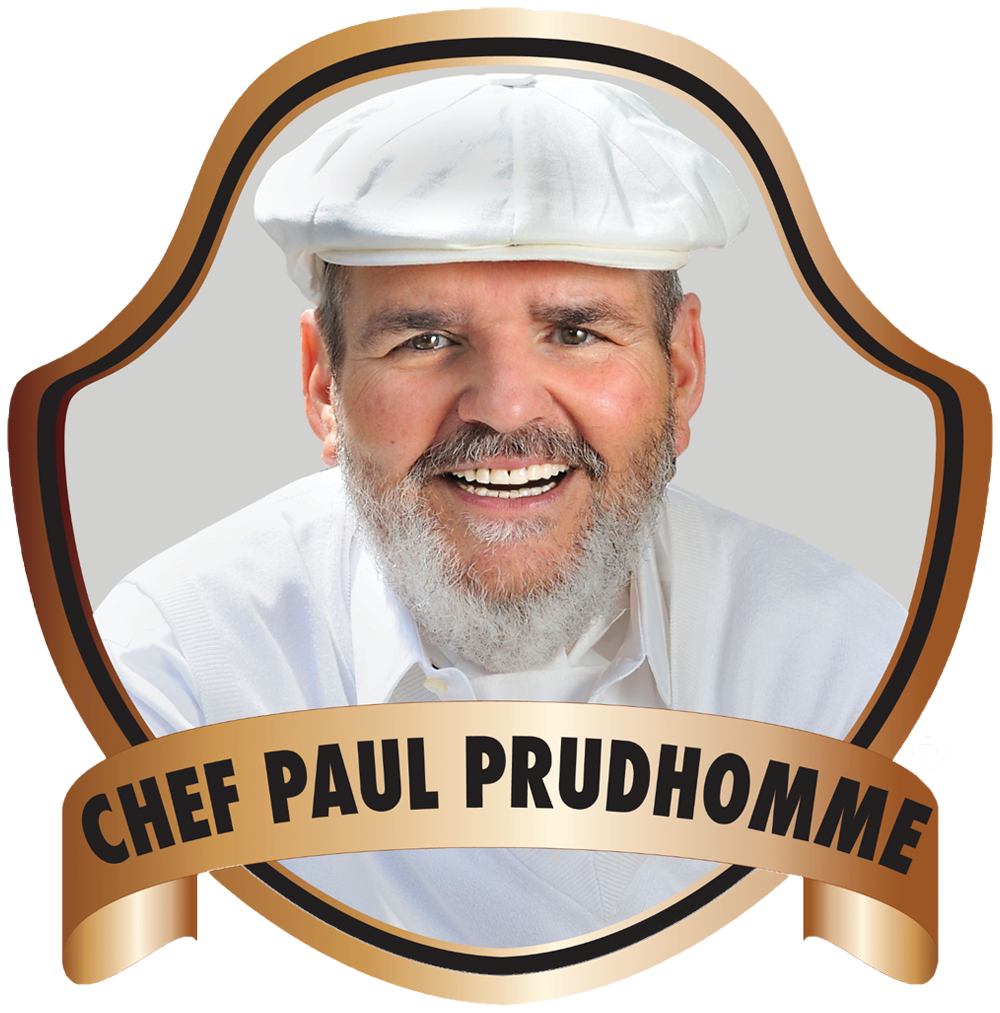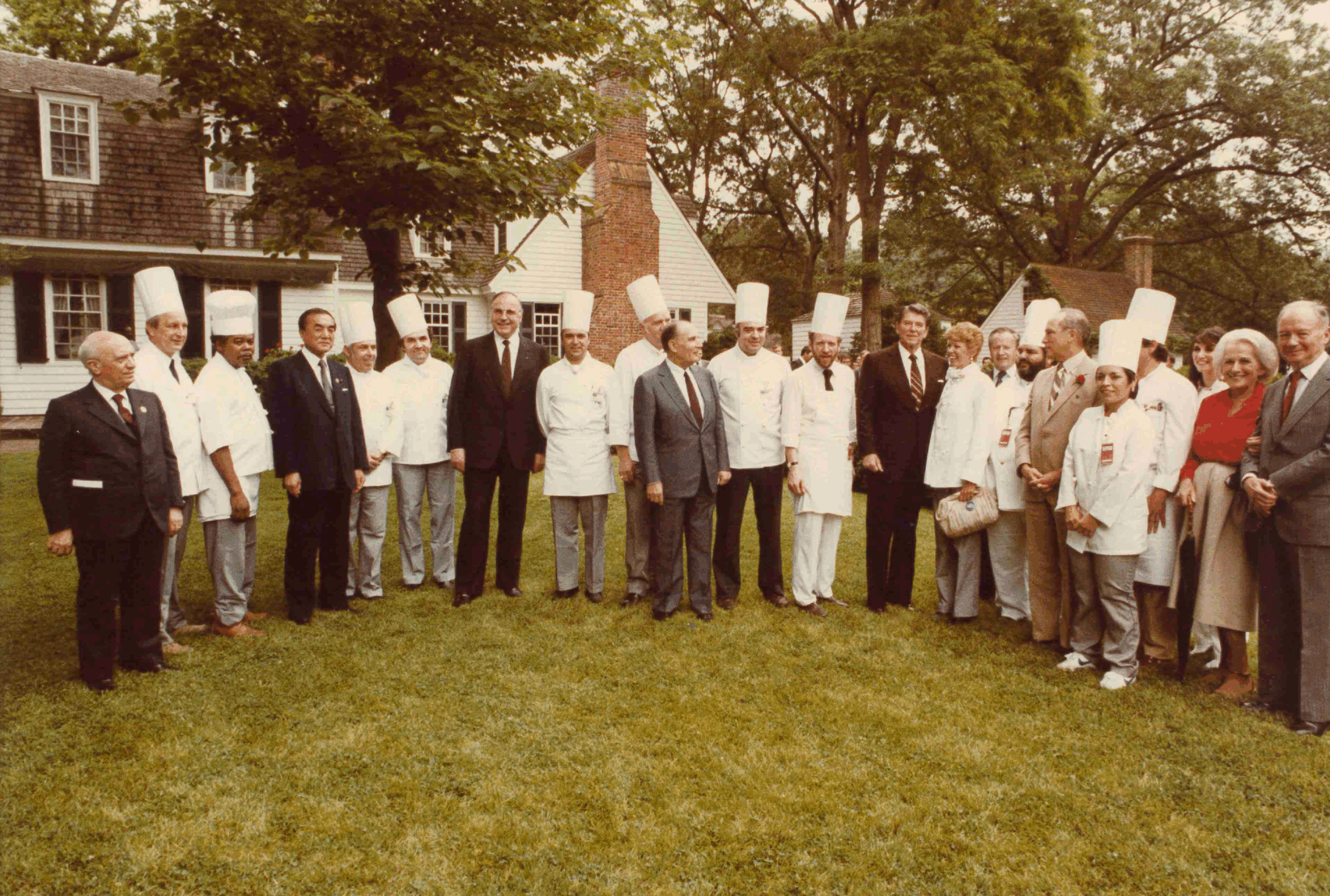Cajun Cooking Takes the World Stage
In the early 1980s, as Chef Paul’s star rose in America, he received an invitation that would change everything: cooking for world leaders at the 1983 G7 economic summit in Williamsburg, Virginia. In a world where formal European cuisine still ruled diplomatic dining, Chef Paul dared to serve authentic Cajun dishes. When these global leaders pushed away their plates clean, it was more than just a culinary success – it was a validation of American regional cooking on the world stage.
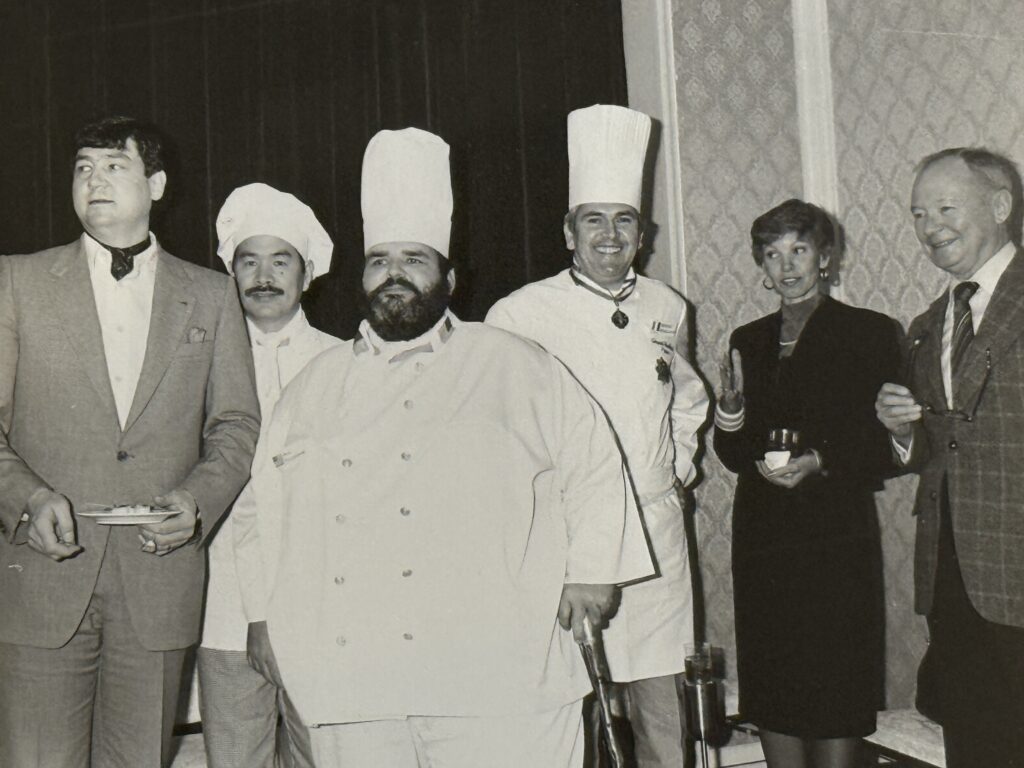
The G7 summit opened doors, and soon Chef Paul was taking his uniquely American cuisine to the most prestigious kitchens in Europe. In Paris, where traditionalist chefs had long looked down their noses at American cooking, he earned their respect with his technical precision and bold flavors. The French, who had exported their cuisine to America for centuries, found themselves importing Cajun spices and techniques. This cultural exchange reached its peak when Chef Paul became the first American-born chef to receive France’s coveted Mérite Agricole – an honor that acknowledged not just his cooking, but his contribution to global culinary culture.
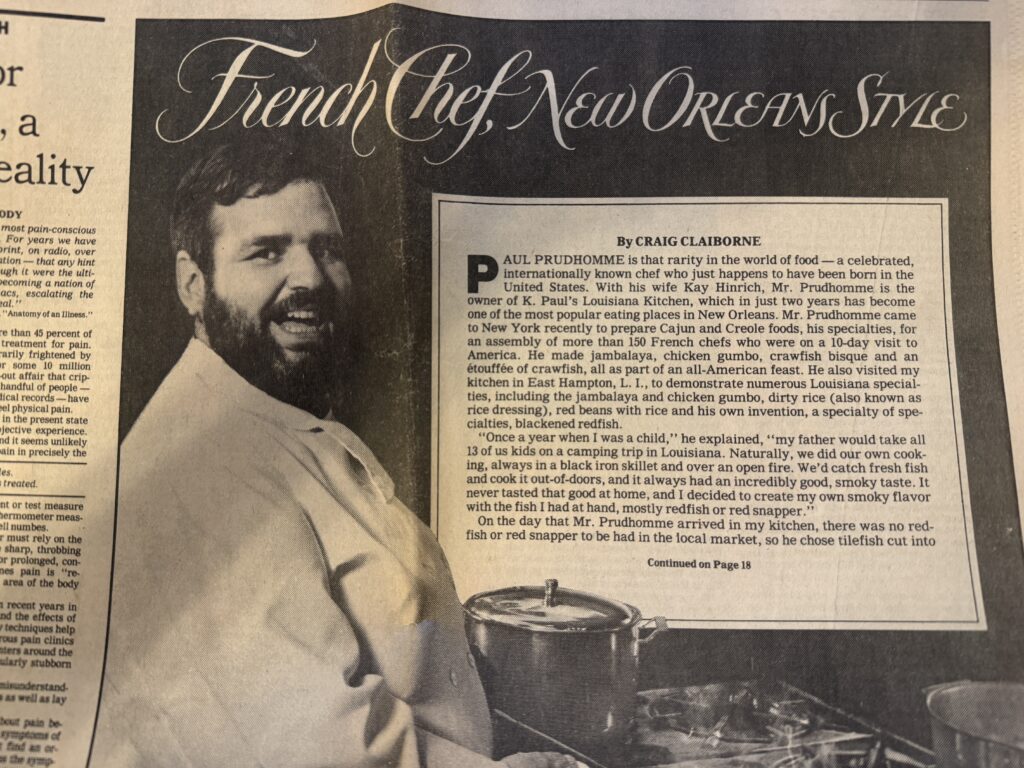
Tracing the Roots of Cajun Cooking
“Cajun is very old, French country cooking—a simple, hearty fare,” Paul explained. “Cajun food began in Southern France, moved on to Nova Scotia, and then came to Louisiana.”
Of course, while the roots of Cajun cooking trace back to rural French traditions, the cuisine as we know it today was truly forged in Louisiana. It was here, amid the bayous and with the influence of Native American ingredients and Gulf Coast resources, that Cajun food evolved into its own distinct and deeply regional expression of culture and resilience.
By contrast, Chef Paul noted that Creole cuisine “began in New Orleans and is a mixture of the traditions of French, Spanish, Italian, American Indian, African, and other ethnic groups.” Understanding this distinction helped him innovate while respecting both traditions.
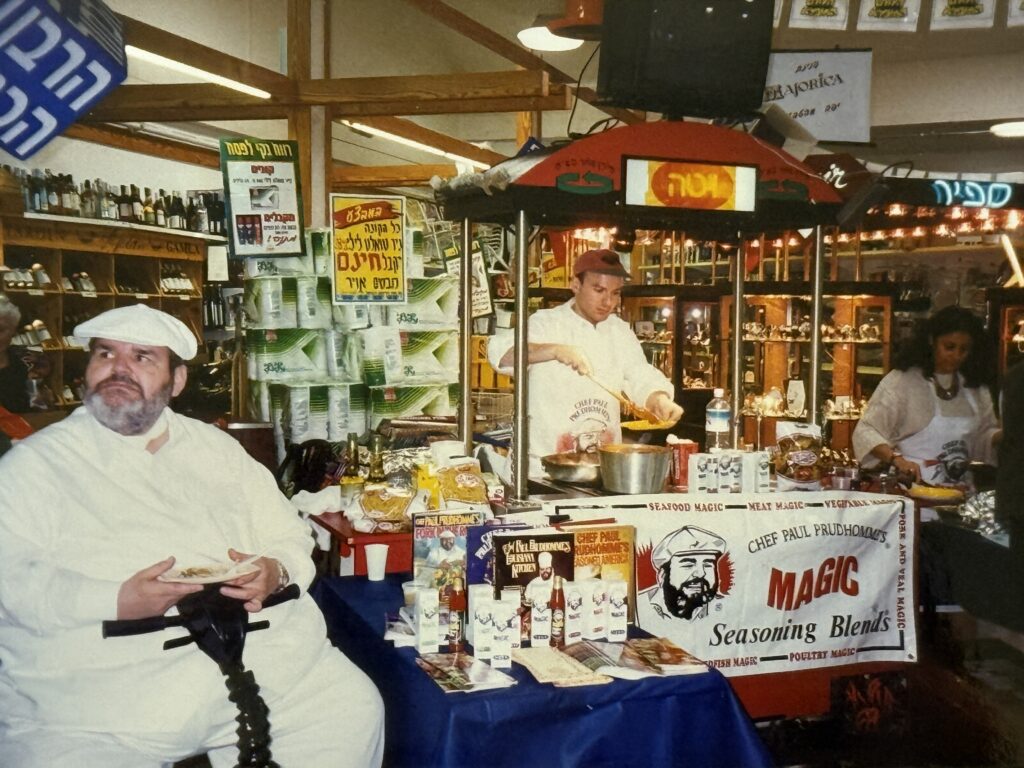
Bringing Louisiana Flavor Coast to Coast
But perhaps Chef Paul’s most audacious international move came through his pioneering “pop-up” restaurants. In an era when most chefs stayed firmly rooted in their home kitchens, he packed up his entire K-Paul’s staff and equipment and set up shop for a month in San Francisco. Lines stretched around the block as West Coast diners got their first taste of authentic Cajun cuisine. The next summer, he took the show to New York, creating such a stir that even when health inspectors temporarily shut him down, Mayor Ed Koch himself intervened to get K-Paul’s reopened.
Through these adventures abroad, Chef Paul maintained his commitment to authenticity. He wasn’t interested in watering down his flavors for foreign palates or adapting his techniques to match local preferences. Instead, he bet that great cooking would translate across any cultural boundary – and he was right. From Tokyo to London, diners discovered that though Cajun cuisine was rooted in Louisiana, its appeal was universal.
